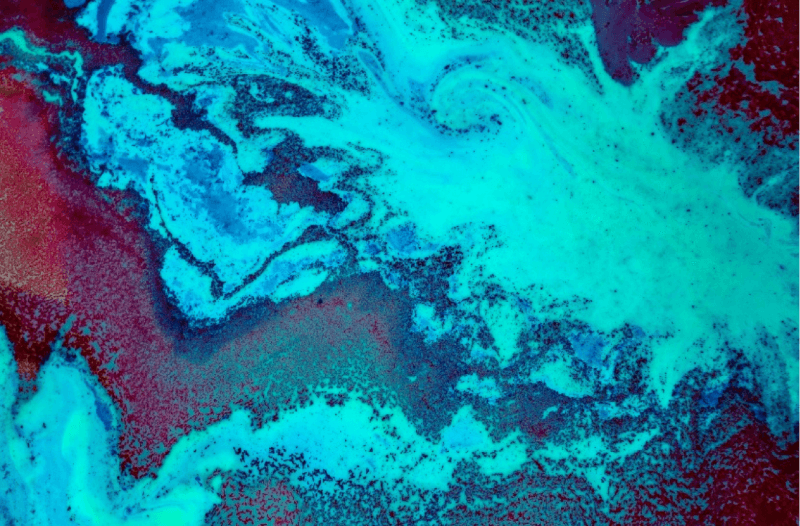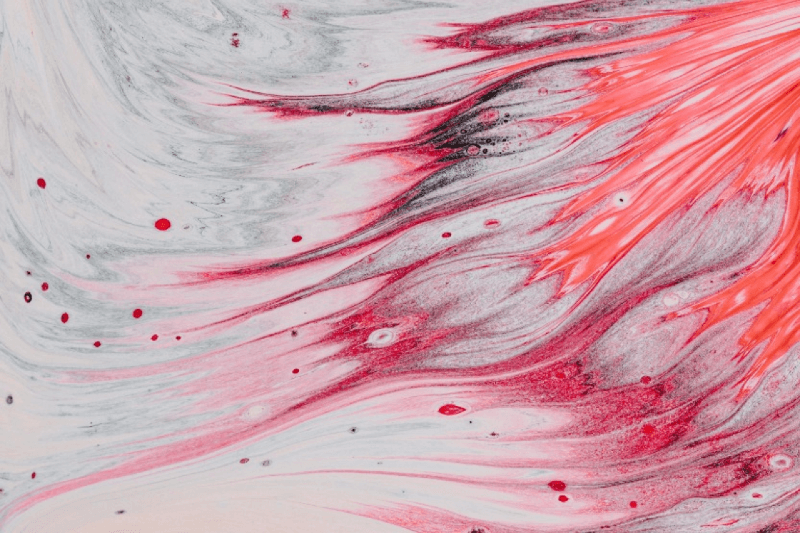Manipulation using optogenetics and calcium imaging techniques to study memory
Optogenetics and calcium imaging offer powerful tools to study how memories are formed and retrieved. By controlling specific neurons with light and visualizing their activity in real time, Prof. Gisella Vetere explores the dynamics of memory-related brain circuits. Her work sheds light on the organization and function of these networks, advancing our understanding of cognitive processes.
This video is licensed under a Creative Commons Attribution-NonCommercial-NoDerivatives (CC BY-NC-ND) license. You are free to share it for non-commercial purposes with proper attribution, but no modifications or adaptations are allowed.
1. Why use this method?
Light-gated ion channels, such as channelrhodopsins, halorhodopsins, and archaerhodopsins, are genetically encoded proteins that respond to specific wavelengths of light to modulate ion flow across neuronal membranes. These tools, combined with calcium imaging, enable researchers to visualize, activate or inhibit specific neurons with temporal precision. These techniques provide insights into normal brain function and mechanisms underlying neurological disorders.
2. What you’ll need
Equipment:
- Laser or LED light sources for optogenetic stimulation (wavelengths matched to opsins used)
- Miniscope for calcium imaging with DaQ, computer, camera
- Fiber-optic cables and patch cords for in vivo optogenetic stimulation
- Data acquisition and analysis software
- behavioral tasks (for example, Contextual fear conditioning, open filed etc.)
- video camera to record the behaviour of the animals
Reagents and tools:
- Opsin-expressing viral vectors (e.g., AAV-ChR2 or AAV-eRB, AAV-eNPH2) under specific promoter
- Viral vectors expressing Calcium-sensitive indicators (e.g., GCaMP6f variants calcium indicators can differ in brightness, sensitivity, excitation and emission spectra, and kinetics)
- Anesthetics and analgesics for in vivo preparation
- Stereotaxic apparatus for precise injection of viral vectors
- Optical implants and head-mounted miniaturized microscopes for live imaging
Animals:
- Genetically modified mice or rats (for example drd2 Cre Gcamp), or wild-type animals for targeted viral delivery
3.Step-by-step instructions
A. Preparation of experimental model:
1. Viral delivery:
- Use a stereotaxic apparatus to inject viral vectors encoding opsins and/or calcium indicators into the targeted brain region
- Allow sufficient time (e.g., 2–4 weeks) for opsin and calcium indicator expression
2. Surgical implantation:
- Implant optical fibers for optogenetic stimulation and grin lenses and baseplate to attach the miniaturized microscope for calcium imaging
- Ensure proper alignment to the target brain region for accurate data collection
B. Experimental setup:
1. Optogenetic stimulation:
- Connect the implanted optical fibers to the light source
- Program light pulses for activation or inhibition of neurons, using protocols tailored to study memory-related behaviorsssion
2. Calcium imaging:
- In freely moving animals, attach the miniaturized microscope to the baseplate implanted to the mouse head (head-mounted microscope- miniscope)
- Perform live imaging to monitor neuronal activity in response to optogenetic stimulation and/or behavioral tasks
C. Behavioral and imaging experiments:
1. Behavioral paradigms:
- Design memory-related tasks
- Combine with optogenetic stimulation to manipulate memory
2. Data acquisition:
- Record calcium signals during optogenetic manipulations and behavior
- Synchronize imaging data with optogenetic protocols and behavioral events or electrophysiology
4. Practical tips
Key points to understand optical methods:
1. Electrical activity of neurons can be imaged using fluorescent molecules that indicates calcium influx (a proxy of electrical activity)
2.Calcium-sensitive indicators fluoresce more in presence of Calcium, which correlates with the neuronal activity increase
3.Imaging neuronal activity wit calcium indicators makes possible to:
- see more cells simultaneously, with large fields of view.
- target specific cell types with genetically encoded indicator expression
- track the same cell across time
- visualize the topographical relationship between neurons
- measure neuronal activity with less bias towards more active cells
4. Optogenetics is an approach that uses light-sensitive ion channels to manipulate (activate or inhibit) cells directly with light.
Strengths
Precise spatial and temporal targeting of neurons to stimulate
1. Lasers can target very small areas + specific neurons can be targeted by using specific promoters: reaching high spatial precision
2. Light turns on and off with the highest temporal precision (fast kinetics)
Limitations
1. Requires transgenics or viral delivery (but exciting new tools progresses)
2. Technical challenges with use in different animal models, including non-human primates and humans (but clinical trials for conditions such as Retinitis Pigmentosa)
5. Critical appraisal & implications for future research
The integration of rhodopsins and light-gated ion channels with calcium imaging provides an unparalleled approach to study memory at the cellular and circuit levels. This methodology allows for causal investigations of how specific neurons and neural circuits contribute to cognitive processes. However, limitations such as potential spectral interference, light scattering in deep brain regions, and challenges in translating findings to human studies remain. Future advancements in opsin engineering, imaging techniques, and computational tools will continue to refine this powerful approach, paving the way for breakthroughs in understanding memory and memory-related disorders.
This protocol is licensed under a Creative Commons Attribution-NonCommercial (CC BY-NC) license, allowing sharing and adaptation for non-commercial purposes with proper attribution.




Adding comments is only possible for registered users.
Sign in